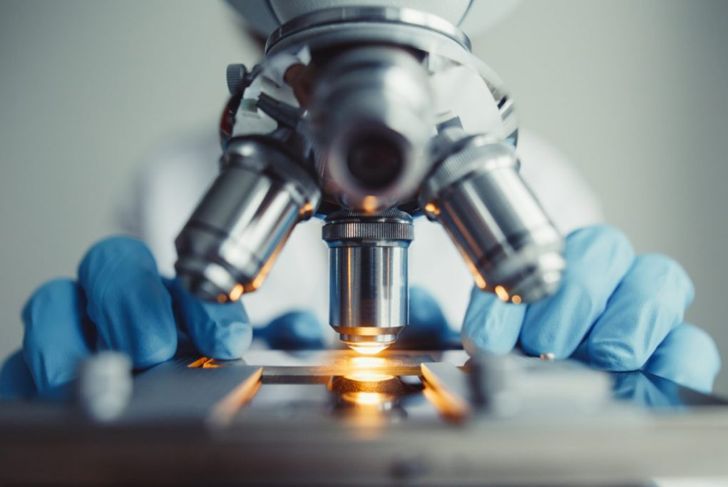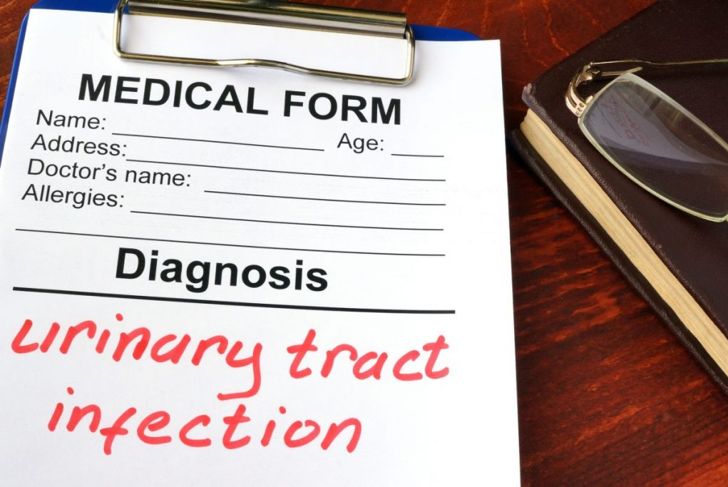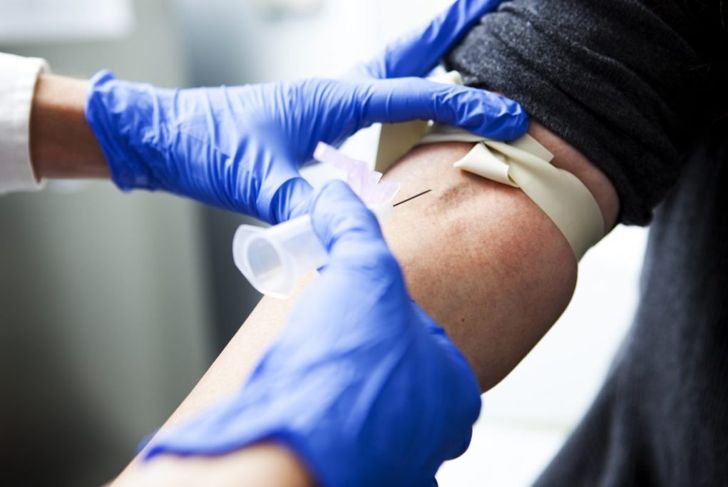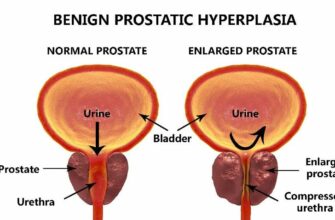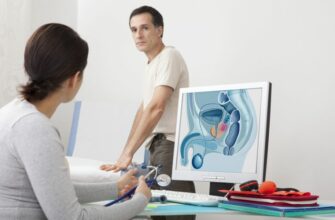Epididymo-orchitis is an inflammation of the epididymis and testicles. This rare condition accounts for less than one percent of all U.S. outpatient visits. Acute cases typically last less than six weeks. When the condition lasts longer, doctors consider it chronic.
Epididymo-orchitis is a Bacterial Infection
This type of inflammation is generally caused by a bacterial infection that leads to inflammation that begins in the epididymis and spreads to the testicles. It may be painful, and a swollen or red scrotum can accompany symptoms. Some men with the condition develop a fever.
What is the Epididymis?
The testes produce sperm. The epididymis is the set of coiled tubes that hold the newly created sperm until maturation, which takes about a week. Once the sperm has matured, those coiled tubes of the epididymis transport the sperm to the vas deferens. From there, the sperm moves into the ejaculatory tube.
Conditions that Cause of Epididymo-orchitis
There are several causes of this condition, the most common being sexually transmitted infections or STIs, specifically gonorrhea and chlamydia. Additionally, it can be caused by prostate infections, UTIs, and mumps. Trauma to the testicles can cause the condition, as can urine in the epididymis. While tuberculosis is rare in the United States, it can also precipitate the disease. A bacterial infection such as e-Coli is a common cause of bacterial epididymo-orchitis.
Common Symptoms of Epididymo-orchitis
Common symptoms include a swollen scrotum, testicle tenderness, mild pain, fever, and blood in the semen. Some men feel pressure rather than throbbing pain and may experience pain in the groin area rather than the testicles. Engaging in intercourse while experiencing these symptoms can result in pain.
Not to be Confused with a UTI
Sometimes, epididymo-orchitis is confused with a urinary tract infection. There may be pain or a burning sensation when you urinate, and a discharge from the penis is common in both cases. Symptoms such as fever and uncomfortable intercourse may mimic UTI symptoms, as well. However, a urinary tract infection doesn’t usually cause pain to the testicles.
Testicle Pain
Early on, testicle pain may be mild enough that men dismiss it. The sensation tends to increase gradually rather than be suddenly intense. Even though the pain may be mild, individuals should address this symptom promptly. Testicle pain is one of those issues that merits a phone call or visit to the doctor. Sudden onset of severe pain may be a sign of a different condition and should be considered an emergency.
Complications of Epididymo-orchitis
If left untreated, it can cause an abscess to form in the scrotum, in which case the individual may need surgery. Occasionally, epididymo-orchitis can cause infertility because it can create scar tissue, which impedes the flow of semen out of the body. Acute epididymo-orchitis can turn into a chronic variety, which causes flare-ups that often necessitate antibiotics.
Risk Factors
One risk factor for developing this condition is unprotected sex. Non-sexually-transmitted risk factors include a history of urinary tract infections, an enlarged prostate, or any anatomical abnormality of the urinary tract that can cause bacteria to be caught in the tract, leading to infection and inflammation.
How do Doctors Diagnose Epididymo-orchitis?
Diagnosis of epididymo-orchitis often requires three separate techniques. The first is an STI test. A negative STI test does not rule out the condition but makes it less likely. The doctor will also likely run urine and blood tests. Finally, an ultrasound may be used to help further rule out causes.
How do Doctors Treat Epididymo-orchitis?
Antibiotics can treat epididymo-orchitis. Most cases resolve with a single course of antibiotics, and many individuals report feeling better within forty-eight hours of starting treatment. People with infections should always be sure to complete their entire course of antibiotics, even if they notice improvement quickly. Failing to do so can result in a return of inflammation and pain, and increase the risk of a chronic diagnosis.

 Home
Home Health
Health Diet & Nutrition
Diet & Nutrition Living Well
Living Well More
More
